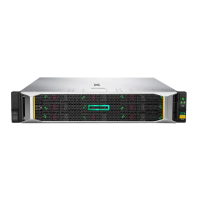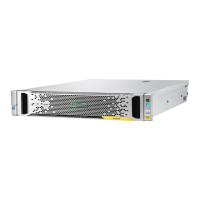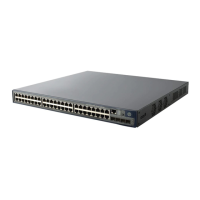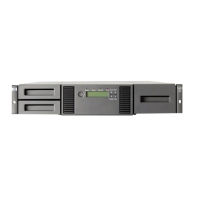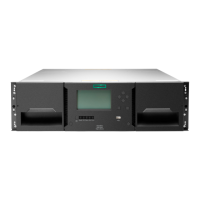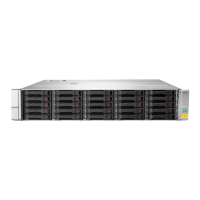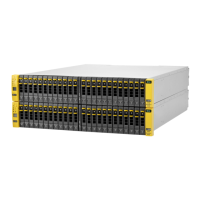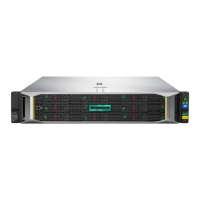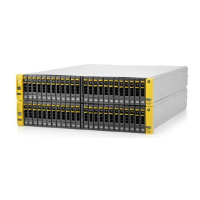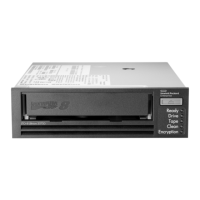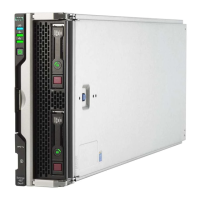Each Port Set will have at least one Subnet.
• Subnets
Subnets define the network paths used by clients to access the HPE StoreOnce System for Backup
and Management, and the network paths that are used for StoreOnce Catalyst Copy and Replication
between HPE StoreOnce Systems. This is where the IP protocol and IP address details are defined for
the subnet and the VLAN tag, if appropriate.
◦ If the Port Set is not VLAN enabled, it may be configured with one Data Subnet that uses the IPv4
protocol and one Data Subnet that uses the IPv6 protocol. (This configuration is sometimes
referred to as a dual stack configuration.)
◦ VLAN tagging enables more subnets to be accessed without extra NIC host bus adapters. If the
Port Set is VLAN enabled, multiple virtual subnets (IPv4 and IPv6), up to a maximum of 128 for the
whole system, may be attached to a single Port Set. If VLAN is enabled, a Port Set cannot use
bonding mode 6.
◦ Data in flight encryption is available and is applied at Subnet level. It is intended to be used to
secure links between data centers for StoreOnce VTL or NAS Replication or Low Bandwidth
Catalyst Copy operations.
IMPORTANT:
Using Data In Flight Encryption for direct backup operations to the StoreOnce appliance over
a local network is not supported due to the performance impact of the encryption. IPSEC is
not supported for use on IPv6 subnets.
Network bonding modes
Each set of network ports on the appliance can be configured either on separate Subnets or in a bond
with each other (1 GbE and 10 GbE ports cannot be bonded together).
Three bonding modes are supported:
• Mode 1 (Active/Backup)
This is the most simple bonding mode; it allows network traffic via one active port only and requires no
specific extra switch configuration. It is recommended for simple network connections, if the active
network link fails then traffic moves to the backup port.
• Mode 4 (IEEE 802.3ad Dynamic Link Aggregation)
This bonding mode is also known as LACP and requires a special external switch configuration. It
provides a link aggregation solution, increasing the bond physical bandwidth, but only works if all the
ports in the bond are connected to one switch or switches joined by an interswitch link. It is
recommended when:
◦ The customer wants to increase throughput to the StoreOnce appliance.
◦ Trunks between switches on the customer network already use LACP mode.
Network bonding modes 81
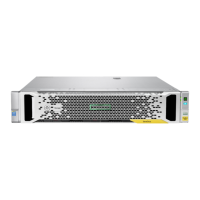
